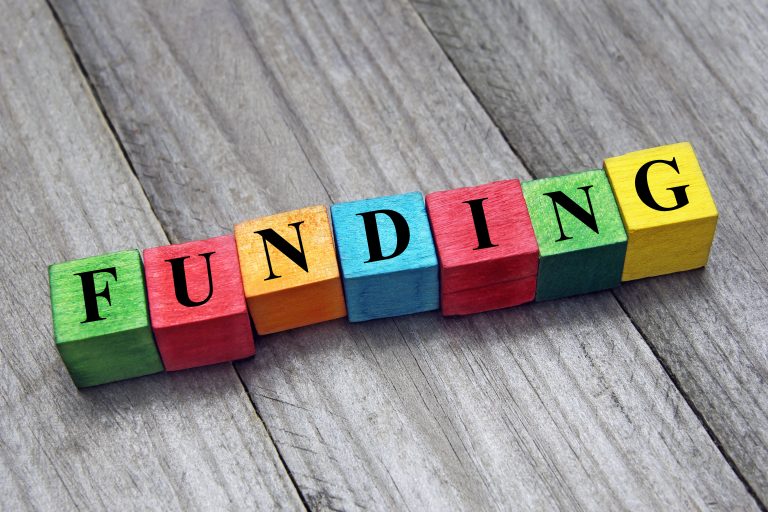
The COVID-19 has brought a significant impact on the economy of Canada, but people’s demand for housing is still rising continuously. Consequently, Canadian construction companies face a bright future. The Scientific Research and Experimental Development (SR&ED) program can help them unleash their potential in corporations tax and get R&D tax credits for construction companies.
Why Construction Corporations Can Claim SR&ED?
When hearing about research and development (R&D), people tend to think of researchers in the lab rather than workers with hard hats and boots. That is why lots of construction corporations are missing the opportunity to benefit from SR&ED.
In fact, the companies in the construction sector are dealing with plenty of technological innovations can be eligible to apply for SR&ED program, including
- exploring more environmentally friendly structures,
- creating new materials,
- using safer equipment to meet the changing government regulatory requirements.
The tax credits offered by SR&ED can be crucial to the financial health of construction companies while pursuing those R&Ds.
Eligible Construction Projects for SR&ED
As discussed many times before, an eligible SR&ED project needs to overcome scientific or technological uncertainties and achieve scientific or technological advancements through systematic investigation. To accomplish these goals, applicants may conduct their projects from the following perspectives:
- Fill the knowledge gap to extend the overall knowledge base
- Improve an existing process or service
- Reorganize a current material or product in an innovative way
For construction companies, eligible projects for SR&ED may include (but are not limited to) the explore, design and development of:
- Methods and processes to reduce the overall construction time
- New and renewable energy sources
- New or improved construction materials (metal, glass, plastics, concrete, etc.)
- New or improved construction techniques to improve finish quality, durability and efficiency
- Equipment, tools and structures to fulfill non-standard construction requirements
- The development of sound barriers and other high-efficiency insulation
- Windows and door designs to address non-standard construction problems (to withstand high winds, snows, earthquakes, etc.)
Ineligible Construction Projects for SR&ED
A great number of projects and activities in the construction field seem to contain R&D, but some of them are ineligible for SR&ED. CRA lists examples of ineligible expenditures include (but are not limited to):
- Sales and marketing
- Commercial production of a new or improved product
- Routine testing and maintenance
- Routine data collection
- Quality control
As a result, construction corporations need to research in advance and avoid the potential risk of SR&ED review and rejection.
Construction Corporation VS Third-party: Who Claims the SR&ED?
It is common for a project to be conducted by both a construction corporation and a third-party company. However, it can be more complex when applying for SR&ED because rules from the CRA will prevent two companies from claiming the same costs for the same project.
Contract Work
In that case, the applicant needs to clarify whether a third-party company carries out the SR&ED project under a specific contract on behalf of the construction company. If so, the construction company will claim the SR&ED; if not, the third-party company will.
Financial Ris
The contract ‘s financial terms can also say a lot about who owns the SR&ED work—particularly whether the third-party company carries financial risk. If the construction company carries more financial risk, they will claim the SR&ED; if not, the third-party company will.
Intellectual Property (IP)
If the rights to the IP of the SR&ED project belong to the construction company, they will claim the SR&ED. However, if the construction company has only conditional rights to use the SR&ED results, the third-party company will claim the SR&ED.
Service or Goods?
When the criteria above cannot clarify who got the SR&ED claim, the CRA may examine whether the contract is for service or goods. For example, a service contract may indicate whether the SR&ED project was performed on behalf of the construction company. On the other hand, if it is a contract for goods, it is more likely that the construction company owns just the goods—not the SR&ED project done to create those goods.
SR&ED Resource for Construction Corporations
If you are a company in real estate or construction industry who:
- are interested in getting SR&ED tax credits,
- or already have a project and want to check the SR&ED eligibility,
- or want to know more about how many tax credits you can get from SR&ED,
the SR&ED consultant team is here to help.
Use the SR&ED calculator to know how much SR&ED refund you can get.
There is also a helpful resource about how other industries can benefit from SR&ED for extend reading.